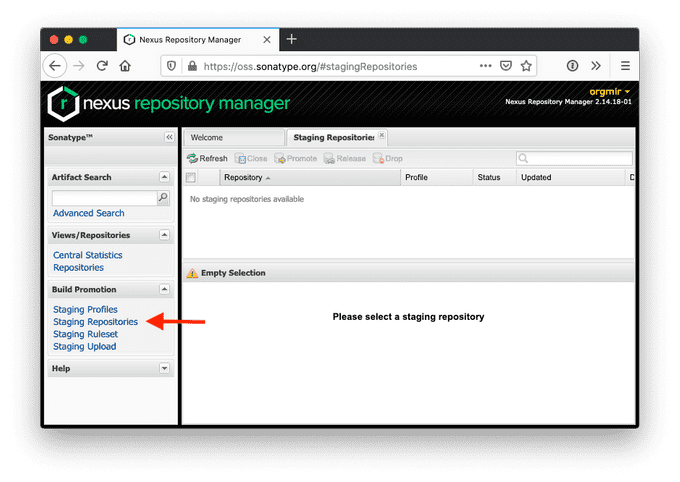
A link ton how to setup a local Maven repository with the Nexus Maven repository can be found below. Sample Maven and Artifactory configuration is also shown. The article is illustrated with screenshots to guide the user in setting up a repository. Examples of Maven POM files which use this repository are shown. The process of setting up the local Maven repository is same for both Linux and Windows and the minor differences are highlighted. Steps involved in how to setup a local Maven repository using the JFrog Artifactory are explained.


Criteria for choosing a Maven repository are listed. This article looks at some of the functionality that a Maven repository server should provide. By setting up a local Maven repository server for artifact hosting, an organization can avail itself of the benefits of a local Maven repository and bypass some of the shortcomings of synchronizing with Maven central. Libraries private to the organization cannot be uploaded there either. One of the reasons organizations will setup a local Maven repository is because a public repository can be slow, unreliable and does not always have the latest versions of required JARs and libraries. For private and secure artifact management, organizations need to setup a local Maven repository such as JFrog's Artifactory or Sonatype Nexus to compliment the public repo. Commonly used frameworks like Spring Boot and popular add-ons such as the Docker plugin, Kubernetes utilities and continuous code quality tools such as Checkstyle are hosted in public repos. The Maven approach to artifact management is to store all built software libraries in an area of storage called a repository. One of the benefits of Maven is that it helps to reduce the duplication of dependent software libraries and JAR files required to build a Java application.


 0 kommentar(er)
0 kommentar(er)
